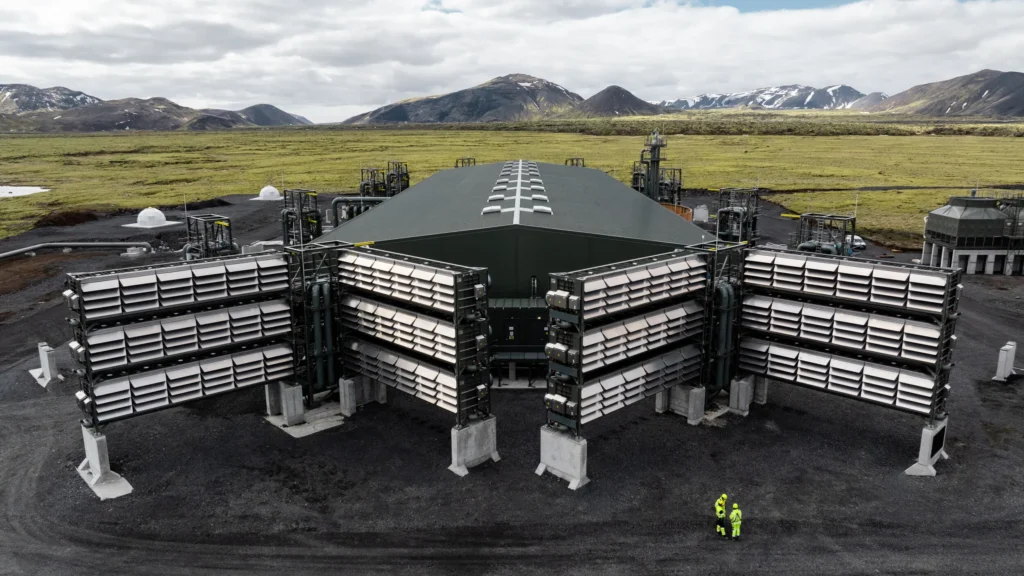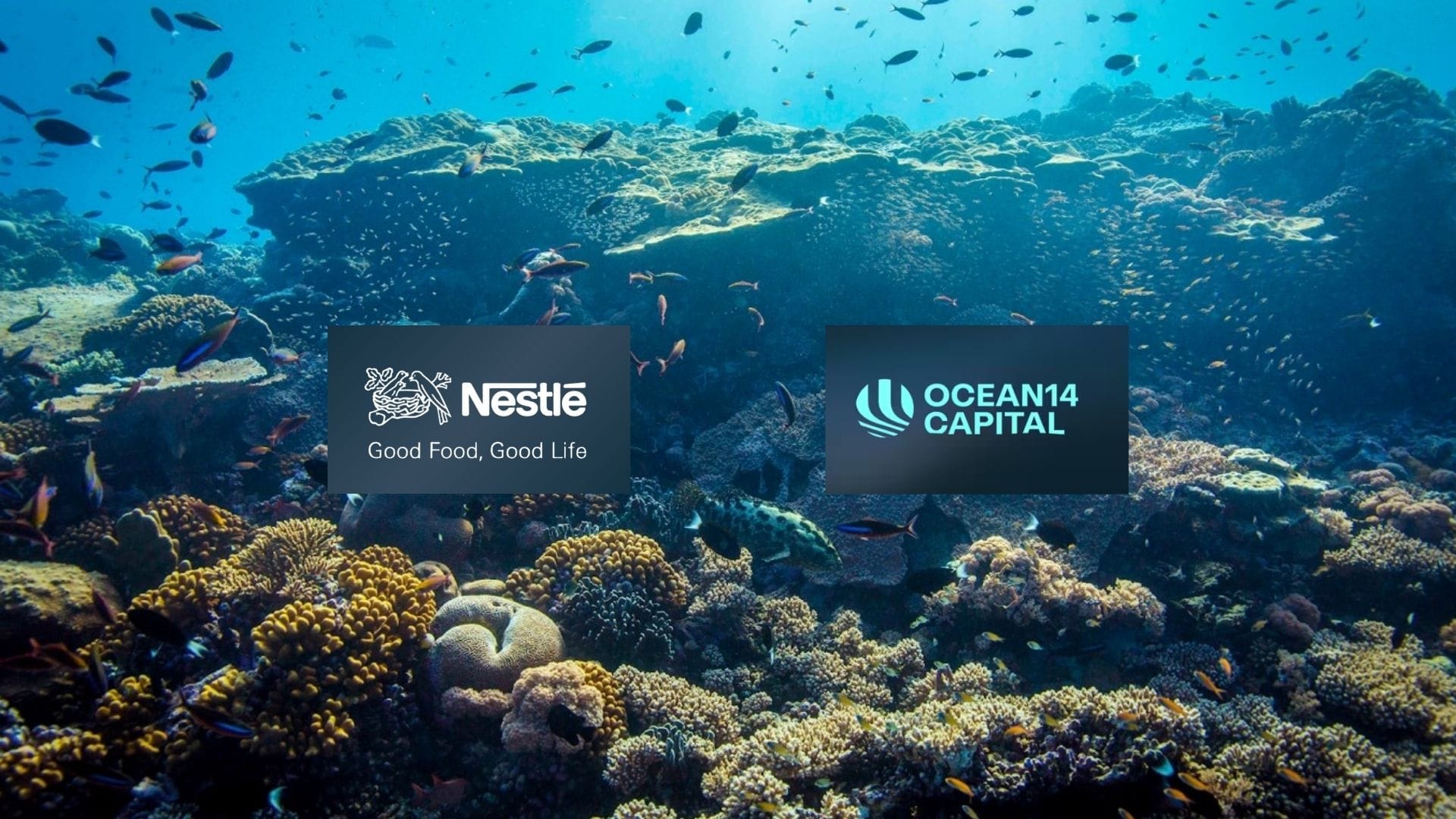Climeworks Begins Operations at World’s Largest Direct Air Capture Plant in Iceland

|
Listen to this story:
|
Key take-aways
- Climeworks starts operations of its to-date largest direct air capture and storage (DAC+S) plant, Mammoth, in Iceland. It is the second commercial DAC+S facility of Climeworks and is about ten times bigger than its predecessor plant, Orca.
- The plant is designed for a nameplate capture capacity of up to 36,000 tons of CO₂ per year once in full swing by filtering CO₂ from the air and storing it permanently underground. The plant has successfully started to capture its first CO₂, with twelve of its total 72 collector containers installed onsite.
- Mammoth is another milestone in Climeworks journey to reach megaton carbon removal capacity by 2030 and gigaton scale by 2050, which is needed to fight global warming.
- Beyond Iceland, Climeworks is developing multiple megaton hubs in the U.S. with operational and testing experience derived from its now two commercial plants in Iceland.
The largest direct air capture and storage plant, named Mammoth, starts operations in Iceland. It is the second commercial facility of Climeworks in Iceland and is about ten times bigger than its predecessor, Orca. Mammoth will bring new high-quality carbon removal capacity to the market for Climeworks to provide to its customers.
Mammoth – the facts in a nutshell
Climeworks broke ground on Mammoth in June 2022. The plant is built in a modular design, with twelve of its total 72 collector containers currently installed onsite. The plant will be completed throughout 2024. It is designed for a nameplate capture capacity of up to 36,000 tons of CO₂ per year.
Mammoth has successfully started to capture its first CO₂. Climeworks uses renewable energy to power its direct air capture process, which requires low-temperature heat like boiling water. The geothermal energy partner ON Power in Iceland provides the energy necessary for this process. Once the CO₂ is released from the filters, storage partner Carbfix transports the CO₂ underground, where it reacts with basaltic rock through a natural process, which transforms into stone, and remains permanently stored. Climeworks verifies and certifies the whole process by independent third parties.
Related Article: Climeworks Partners with LEGO Group and KIRKBI for Long-Term CO₂ Removal Agreement
Learn and improve continuously
Jan Wurzbacher, Co-founder and Co-CEO of Climeworks
“Starting operations of our Mammoth plant is another proof point in Climeworks’ scale-up journey to megaton capacity by 2030 and gigaton by 2050. It is exemplary of our continuous R&D investments to further optimize our technology and gain maturity through on-the-ground experience. Constructing multiple real-world plants in rapid sequences makes Climeworks the most deployed carbon removal company with direct air capture at the core.”
Climeworks looks back on seven years of field experience. Its engineers process close to 200 million data points daily. The derived learnings were applied to Mammoth which increases plant performance, efficiency, recovery and ensure better availability to maximize CO₂ capture through the year. With Mammoth, Climeworks will gain further operational field experience, and its 180 science and R&D experts will continue large-scale testing and development.
100x scale-up through 2030
The operational and testing learnings will be deployed in the next direct air capture projects. Until 2030, Climeworks’ roadmap focuses on megaton hub roll-out. Climeworks is part of three megaton direct air capture hub proposals in the U.S., all of which were selected by the US Department of Energy for public funding for a total of more than 600 million USD. The largest one, Project Cypress in Louisiana, was granted an initial 50 million US dollars in March to kickstart the project. Climeworks will replicate its megaton hubs worldwide to reach a global scale. The company actively develops projects in Norway, Kenya, and Canada and explores further potential direct air capture and storage sites.










